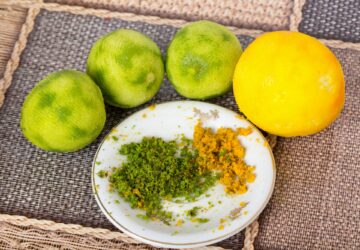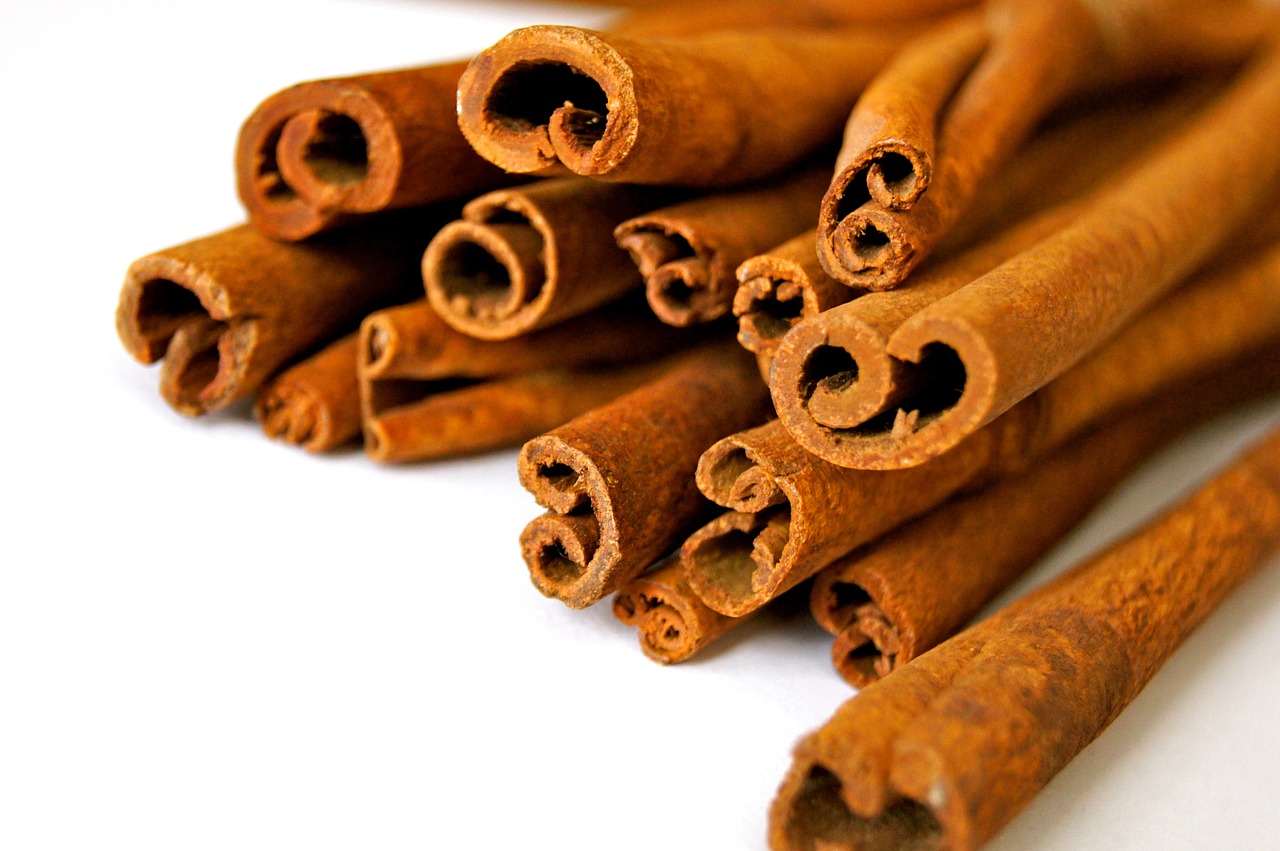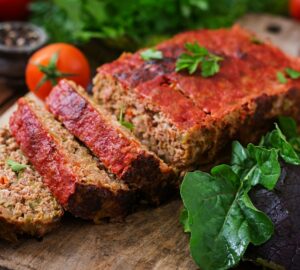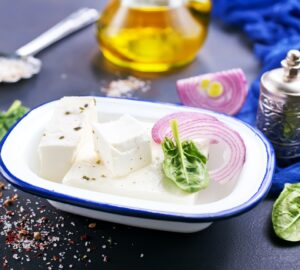Cinnamon is a popular spice obtained from the inner bark of several tree species belonging to the genus Cinnamomum. It is native to Southeast Asia, particularly Sri Lanka and India, and is also cultivated in other countries like China, Vietnam, and Indonesia. The spice is widely used in cooking and baking, as well as for its potential health benefits.
There are two main types of cinnamon:
- Ceylon cinnamon (Cinnamomum verum): Also known as “true cinnamon,” it is primarily grown in Sri Lanka and has a delicate, sweet flavor. This type of cinnamon is considered to be of higher quality due to its lower coumarin content.
- Cassia cinnamon (Cinnamomum aromaticum, Cinnamomum cassia, or Cinnamomum burmannii): This type is more commonly found in grocery stores and has a stronger, spicier flavor. It is primarily grown in China, Vietnam, and Indonesia. Cassia cinnamon contains a higher level of coumarin, which can be harmful in large quantities.
Cinnamon is available in various forms, such as whole quills (sticks), ground powder, or as an essential oil. It is a versatile spice used in sweet and savory dishes, including baked goods, curries, desserts, and beverages like tea and mulled wine.
Apart from its culinary uses, cinnamon has been employed for its potential health benefits. It is rich in antioxidants, which help protect cells from damage caused by free radicals. Some studies suggest that cinnamon may have anti-inflammatory, antimicrobial, and anti-diabetic properties. However, more research is needed to confirm these effects and determine the appropriate dosages for various health conditions.
It is important to note that excessive consumption of cinnamon, particularly Cassia cinnamon, can lead to health risks due to its high coumarin content. Coumarin can cause liver toxicity and interact with certain medications. It is generally safe to consume cinnamon in moderation as part of a balanced diet.








